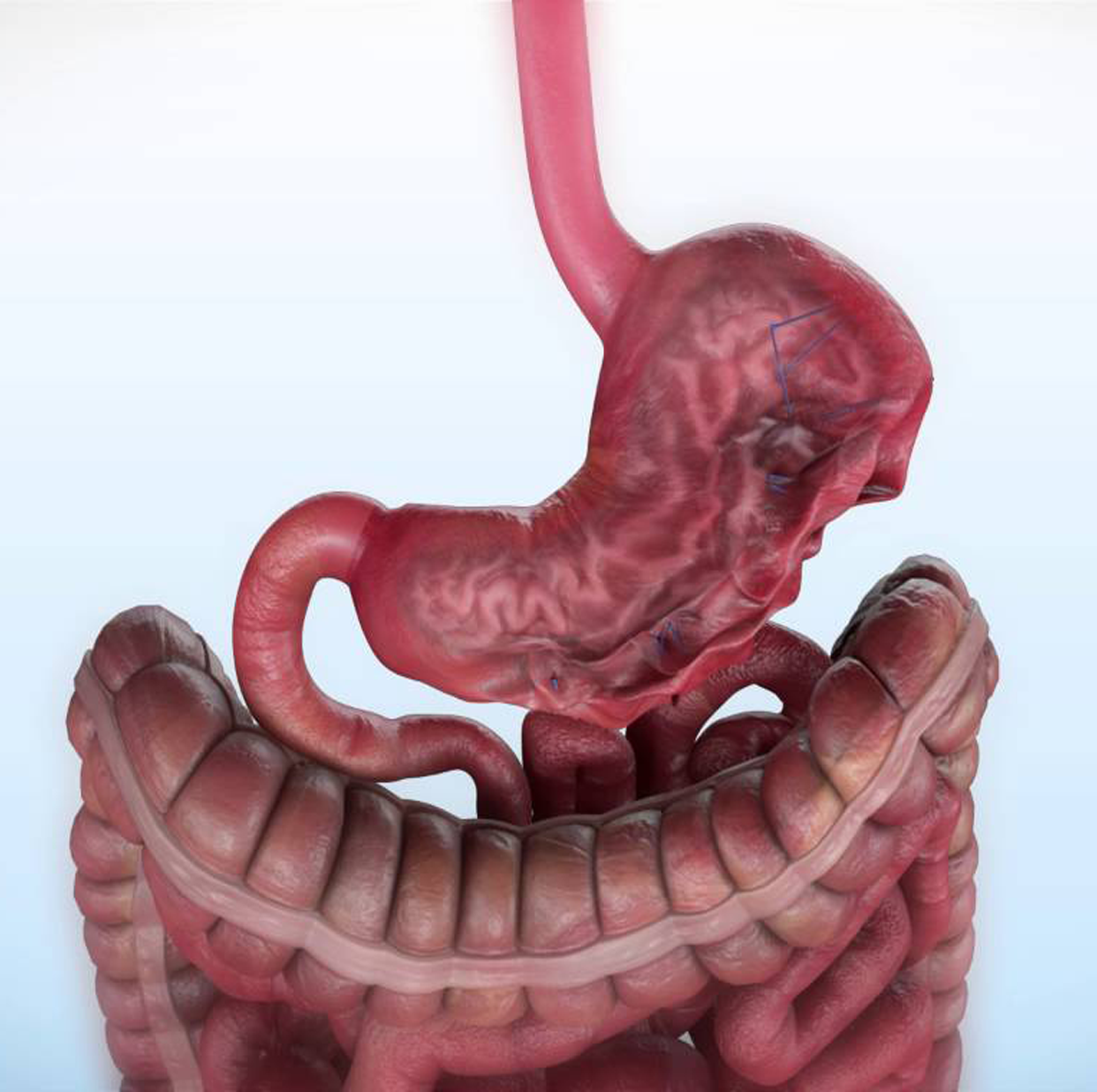
Abstract
OBJECTIVES:
Endoscopic sleeve gastroplasty (ESG) uses full-thickness sutures that restrict the stomach to a sleeve-like configuration. There is no published evidence on endoscopic tissue apposition techniques in pediatric patients. In this article, we report our ESG experience with the first 109 pediatric patients with obesity who underwent ESG under our care.
METHODS:
ESG was offered as a day-case procedure under a standardized protocol and clinical pathway that included surgical, medical, and endoscopic modalities for the treatment of pediatric and adult obesity. ClinicalTrials.gov Identifier: NCT03778697.
RESULTS:
The 109 patients in this study had a baseline body mass index and age of 33.0 ± 4.7 and 17.6 ± 2.2 (range: 10–21) years, respectively. Ninety-nine (90.8%) were females. The mean procedure time was 61 ± 19 minutes. The mean % total weight loss at 6, 12, 18, and 24 months was 14.4% ± 6.5%, 16.2% ± 8.3%, 15.4% ± 9.2%, and 13.7% ± 8.0%, respectively. Fourteen adolescents visited the ambulatory clinic for analgesia. One patient (aged 19.8 years) requested removal of endoscopic stitches due to abdominal pain, and another underwent Redo-ESG for insufficient weight loss. There were no blood transfusions, emergency admissions, mortality, or significant morbidity.
DISCUSSION:
In this first study to date on ESG in pediatric patients, we observed that the procedure is safe and effective in children and adolescents with obesity. Significant weight loss occurs during the first 2 years without mortality or significant morbidity, and this weight loss seems to be maintained.
References:
The study was published in (AJG. THE AMERICAN JOURNAL OF GASTROENTEROLOGY)

